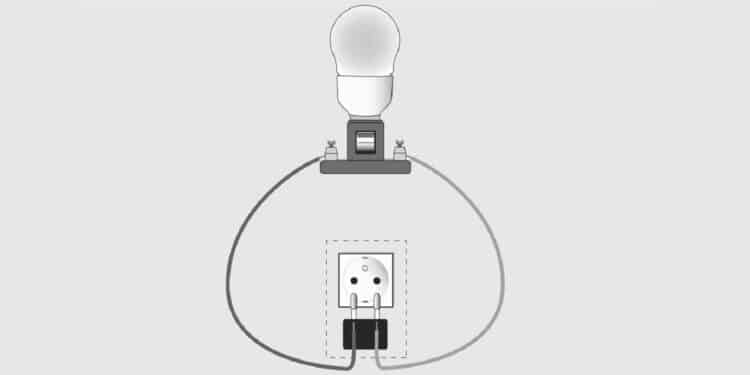A list of electrical or electronic devices using connectors would be long and varied both in function and construction. At the beginning of the list, both in function and construction, is an incandescent lamp. At the complex end of the list, both in function and construction, is a collection of computer servers interconnected to provide the immense functionality of a search engine.
Let’s take the easiest example, the function of an incandescent lamp is to provide light by passing an electric current through a filament, a technology developed in the late 19th century. While the functionality and technology of the various servers linked together in a search engine is beyond the scope of this handbook, it must be noted that its construction includes a power source and a multitude of electronic devices that must be connected together.
The common link between the two examples is interconnections, inter- connections provided, in some manner, by connectors. Every electrical or electronic device includes at least one connector, the interconnection between the power source and a functional device. The discussion will begin with the incandescent lamp system which contains all the basic connector construc- tion and functionality issues in a search engine, but at a more accessible level. The search engine will be discussed later in terms of the various levels of interconnection in electronic devices and equipment.
The example incandescent lamp system shown in Figure 1.1 includes a power source, the house wiring, and a wall receptacle/plug, arguably the most familiar connector, which provides the interconnection between the power source and the lamp. There are two types of connections shown in Figure 1.1.

The power connection consists of two sections the wall receptacle and the wall plug. This connection is a separable connection, the wall plug is separable from the wall receptacle to enable the lamp to be moved to different locations. The wall plug has two metal pins that are inserted into the wall receptacle and the wall receptacle contains two metal spring systems that are deflected as the pins are inserted. Two pins/receptacle springs are necessary to provide both input and output power connections. The force created by the deflection of the receptacle spring when a pin and the receptacle spring come in contact creates and maintains the metal-to-metal interface that enables the power, voltage and current, from the power source to be transmitted to the lamp. The properties of this interface will be discussed in detail later in this chapter, but it is worth noting at this point that creating and maintaining a metal-to-metal interface is the prime goal of connector design. In addition to this separable connection, there are two permanent connections. The wall receptacle is connected to the house wiring, usually by a mechanical connection.
Similarly, the wall plug is connected to the lamp cord wiring, also through a mechanical connection. These two types of connections, separable and permanent, are characteristics of connectors.






